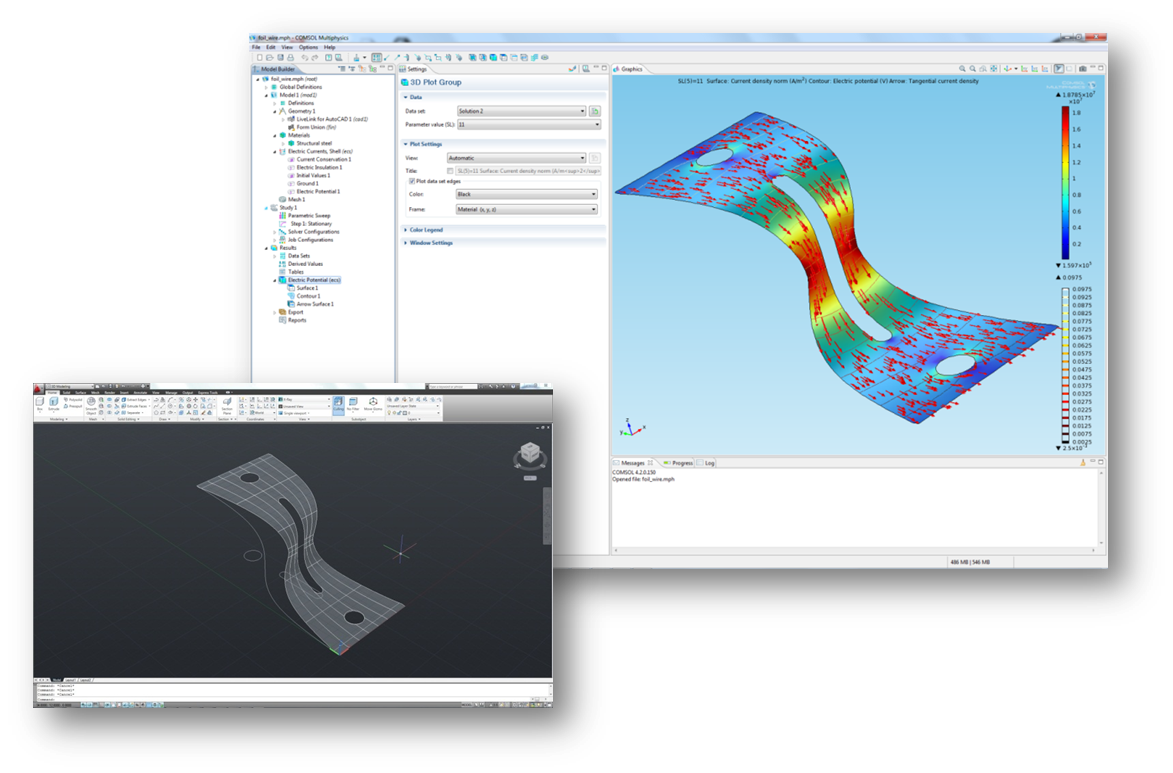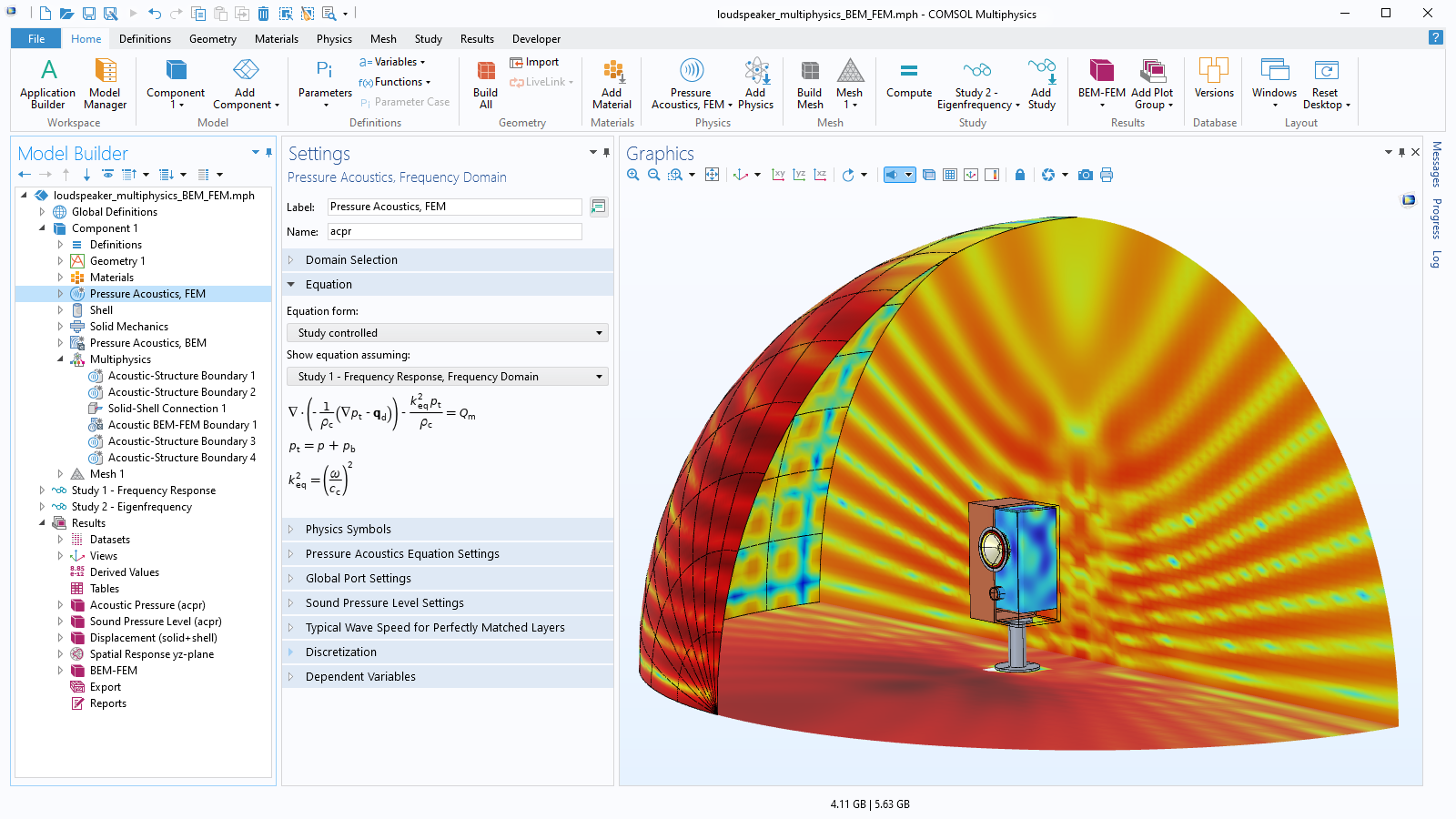
The earliest hanging droplet culture platform enabled the in vitro study of embryo development 1, but the technique would later be used to study stem cell differentiation, tumorigenesis 2, bacteria 3, and even plant culture 4. This method relies on the 3D self-assembly of a tissue spheroid from a cell suspension within a droplet suspended from the lid of a Petri dish. Hanging droplet culture is perhaps the earliest 3D tissue culture system developed 1. The open nature of the system allowed the direct addition or removal of tissue over the course of an experiment, manipulations that would be impractical in other microfluidic or hanging droplet culture platforms. The open well format of the platform was utilized to perform time-dependent coculture, enabling culture configurations with bone tissue scaffolds and cells grown in suspension.

The ability to perform fluid exchanges in-droplet enables long-term culture, treatment, and characterization without disruption of the culture. The two-well system results in lower shear stress in the culture well during fluid exchange, enabling shear sensitive or non-adherent cells to be cultured in a droplet. Our platform makes use of two interconnected hanging droplet wells, a larger well where cells are cultured and a smaller well for user interface via a pipette.

We present a spontaneously driven, open hanging droplet culture platform to address many limitations of current platforms. Recently microscale approaches have expanded the capabilities of the hanging droplet method, making it more user-friendly.

The hanging droplet technique for three-dimensional tissue culture has been used for decades in biology labs, with the core technology remaining relatively unchanged.


 0 kommentar(er)
0 kommentar(er)
